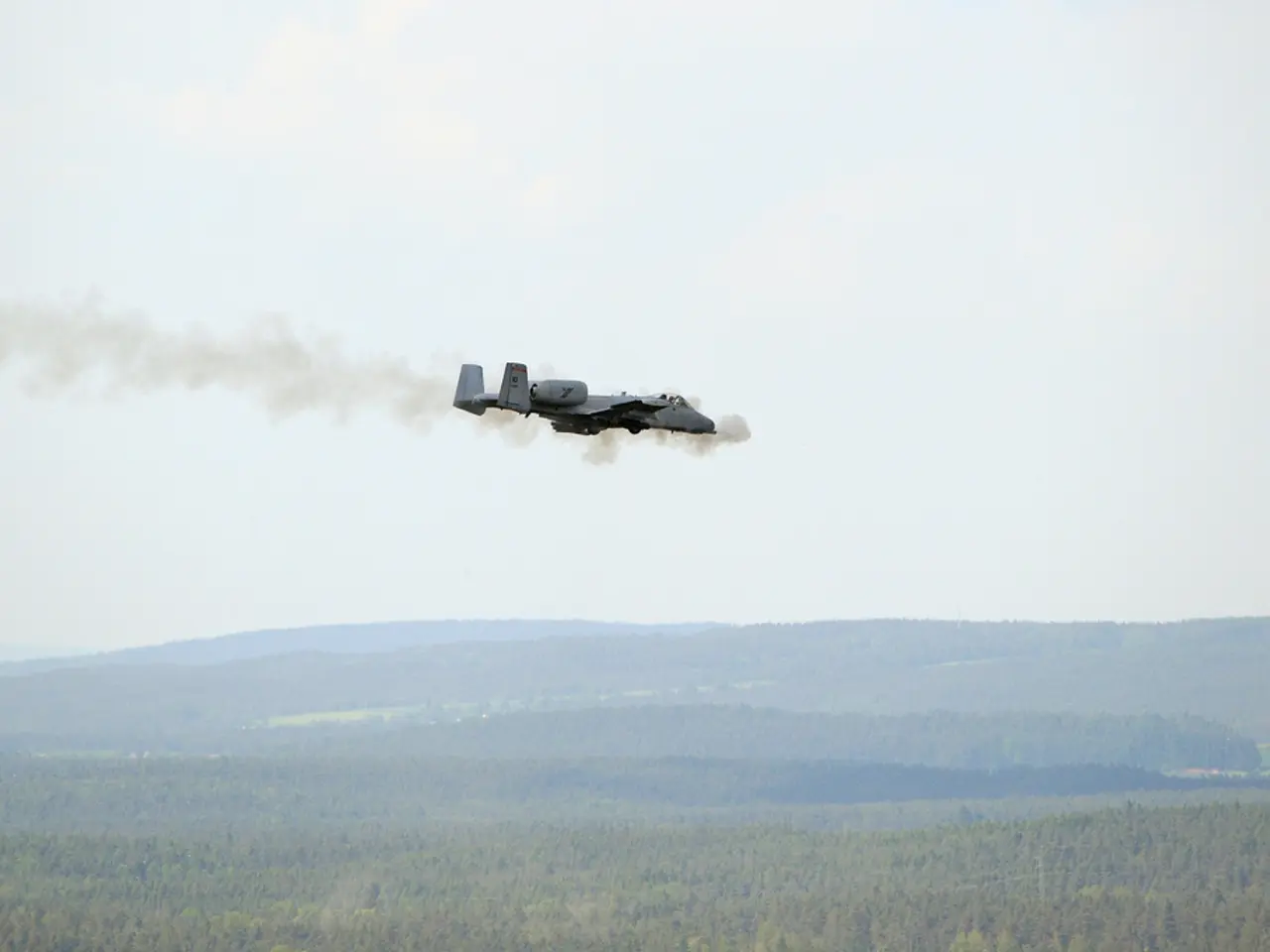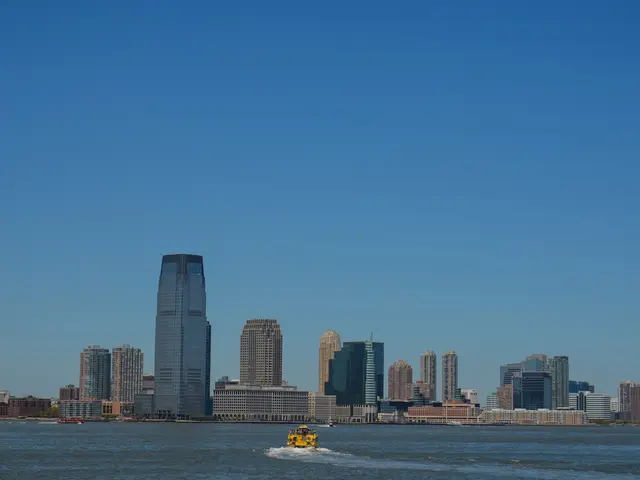Worsening fire at Bear Gulch deteriorates Seattle's weather, sending thick smoke into the air
Bear Gulch Fire Continues to Rage in Olympic National Park
The Bear Gulch Fire, a significant wildfire burning in Olympic National Park, has expanded to an estimated 8,257 acres as of August 15, 2025, with containment at just 3%. The fire, which began on July 6, 2025, north of Lake Cushman near Mount Rose in Olympic National Forest, Hoodsport, WA, is human-caused.
The fire has spread into both Olympic National Forest and Olympic National Park, affecting areas above the Lake Cushman reservoir. The nearby communities of Hoodsport and Skokomish on the Hood Canal peninsula are impacted by thick smoke and hazardous air quality.
The Staircase Entrance of Olympic National Park has been closed for safety due to the fire and suppression efforts. This closure affects the southeast portion of Olympic National Forest and southeastern Olympic National Park, leading to multiple road, trail, and campground closures for public safety.
Since August 5, 2025, a formal area closure order has been in place for the Lake Cushman area, prohibiting all public access to National Forest System roads, trails, and lands within the closure boundaries until at least October 1, 2025, to protect public health and safety. Lake Cushman’s southern half is open for recreation, while the northern half is closed to support suppression and evacuation efforts. Some boat launches are closed or restricted to first responders and locals only.
A California Complex Incident Management Team 7 assumed command on August 15, 2025, led by Incident Commander Tom Clemo, to coordinate firefighting efforts. Crews are engaged in structure protection, maintaining sprinkler systems, and conducting water drops with helicopters. Tactical pauses are used in high-risk areas to ensure firefighter safety.
Approximately 700 firefighters and support personnel are involved in suppression actions, using sprinklers, helicopter water drops, drones (Unmanned Aircraft Systems), and other methods to protect structures and contain the fire. Rainfall expected to bring about 1 inch over 24 hours raises concerns for debris flows in steep terrain, prompting strategic positioning of crews for safety.
A campfire ban and other fire prevention restrictions have been implemented throughout the Park and Forest since August 1, 2025, to reduce new fire risks during this high fire danger period.
The Bear Gulch Fire remains a significant active wildfire threat in the Olympic National Park and Forest region, causing closures, hazardous smoke for nearby communities, and intensive firefighting efforts focused on containment and protecting public safety.
- The expansion of the Bear Gulch Fire, now covering 8,257 acres, is a concern for both environmental science and national health, as it affects the weather and climate-change patterns in the world.
- The US Forest Service has implemented a campfire ban and other fire prevention restrictions, emphasizing the seriousness of the Bear Gulch Fire and its impact on the local environment and public health.
- The deadly Bear Gulch Fire, spreading through Olympic National Forest and Park, demonstrates the urgency of investing in science and technology for better wildfire management and climate-change mitigation, to safeguard our national resources and global ecosystem.
- As the Bear Gulch Fire rages on, affecting national parks, nearby communities, and the overall health of our world, there is a dire need for collaboration between the PTI (Pacific Team Improvement) and local authorities to develop effective strategies for wildfire suppression and climate-change resilience.








